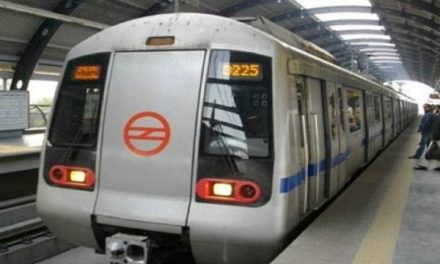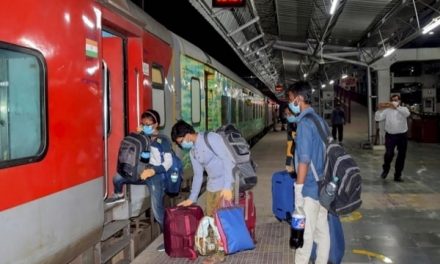NEW DELHI: Remember how repeated appeals and environmental campaigns on television, social media and newspapers warned of a day when you might wake up and find that you no longer have running water available in taps. Well, new satellite evidence has revealed that that day is about to come very soon.
In its latest data, a new early warning satellite has sounded the alarm for India and a handful other nations saying that “taps are going to dry out completely”. The other countries are Morocco, Iraq and Spain. The satellite has been studying the shrinking water levels in reservoirs across the world.
According to a report in The Guardian, developers of the satellite early warning system, which records water levels in the world’s 500,000 dams, have warned that rapidly shrinking reservoirs in India could soon lead to the “day zero” water crisis. The study shows details of water levels in Indian dams and reservoirs, its utilisation and wastage, and the impact of climate change. Based on the study, it issued a warning that taps in India could “completely dry up” much earlier than previously predicted.
WATER CRISIS IN INDIA
In India’s case, though a water crisis is staring in the face in many states, tensions have been apparent over the water allocations for two reservoirs connected by the Narmada river, the study revealed.
Poor rains last year left the upstream Indira Sagar dam in Madhya Pradesh a third below its seasonal average. When some of this shortfall was passed on to the downstream Sardar Sarovar reservoir, it caused an uproar because the latter supplies drinking water for over 30 million people.
According to news agency PTI, last month, the Gujarat government halted irrigation activity and appealed to all the farmers not to sow crops for the time being.
WATER SCARCITY GLOBALLY
Cape Town recently made international headlines by launching an official countdown to the day when taps would run completely dry to millions of residents in South Africa as a result of a three-year drought.
Drastic conservation measures have prevented that moment in South Africa, but dozens of other countries face similar risks from rising demand, utter mismanagement and climate change, say the World Resources Institute (WRI).
The US-based environmental organisation is working with Deltares, the Dutch government and other partners to build a water and security early warning system that aims to anticipate social instability, economic damage and cross-border migration. A prototype is due to be rolled out later this year, but a snapshot, unveiled on Wednesday, highlighted four of the worst-affected dams and the potential knock-on risks.
The starkest decline is that of Morocco’s second-largest reservoir Al Massira which has shrunk by over 60 per cent in three years due to recurring drought, expanding irrigation and the increasing thirst of neighbouring cities such as Casablanca.
Spain has suffered a severe drought that has contributed to a nearly 60 per cent shrinking of the surface area of the Buendia dam over the last five years.
In Iraq, the Mosul Dam has seen a more protracted decline but it is also now down 60 per cent from its peak in the 1990s as a result of low rainfall and competing demand from Turkish hydropower projects upstream on the Tigris and Euphrates.
Though governments across the world can do their bit to ensure better water management and infrastructure, it ultimately comes do to the personal effort made by each individual to do their bit responsibly.






